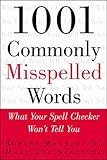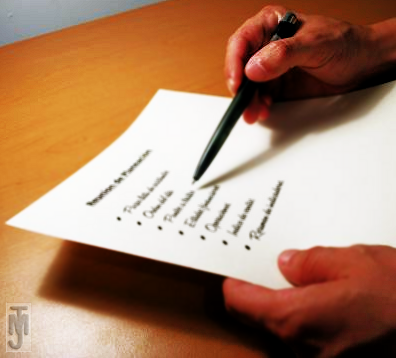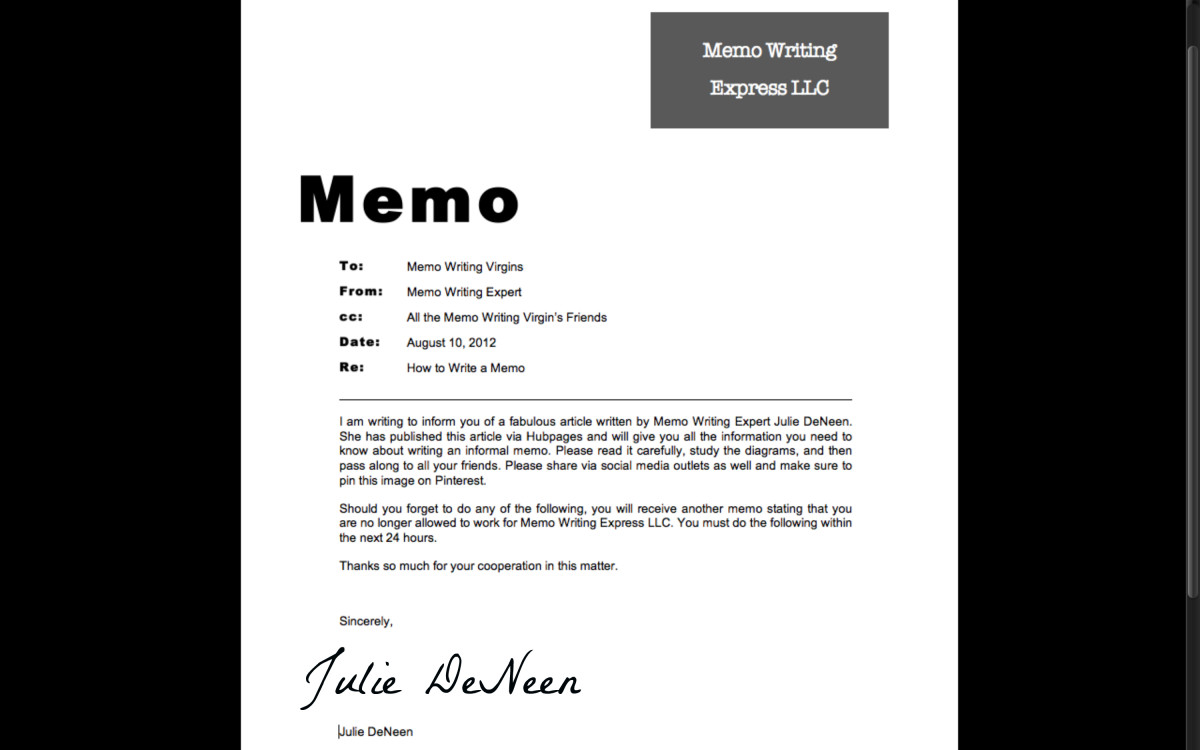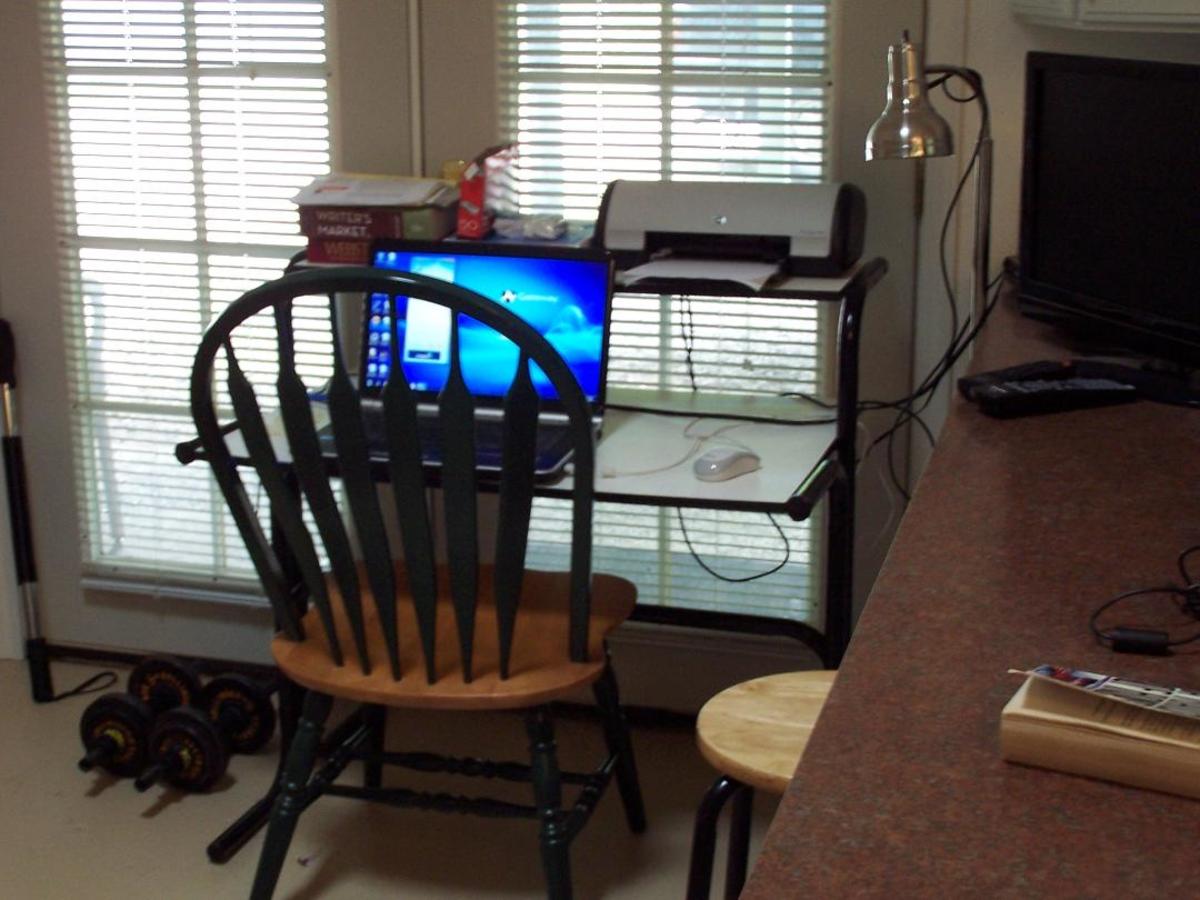Business Writing


The First Impression of You
It used to be common knowledge that one's correspondence is one of the first opportunities for an individual to form an opinion of the writer as a person or representative of a company. Normally, the secretary was the individual to whom that rather grave responsibility fell. With the last statement, you now know how this responsibility can be met - take care of it yourself or hire someone to do it. From the receiving end, communications received with gross spelling and grammatical errors and dire lapses in punctuation will normally underscore the obvious, this person can't spell, write or otherwise communicate well. Will they be up to the task at hand? Do we want to continue further with the business at hand?
Then electronic communication methods arrived on the scene. The exchange of quality communication for expedience, mobility and convenience doesn't necessarily mean progress. When executive level management becomes less concerned with the company's image and more interested in being seen as savvy, with-it, or part of the in-crowd, it doesn't take long for the veneer to thin and the reality of their ineptitude show through. As I'm keying in the previous, I'm reflecting on an email I received from the CEO of a privately owned business. In this business message, she'd entered the entire message in the subject line and left the body of the message blank. The subject line of the message is truncated in the inbox, so I had no idea what the message was about. I had to open the message, place the cursor in the subject line and read the very lengthy string of text in the subject field.
-----------------
Image photo manipulated by lens author.
What's your preference?
Which is your preferred method to correspond with others?

Getting A Leg Up on Correspondence

Personal EMail - Thumb Tapping - No Holds Barred
Being Casual - Being Cool
It's a sign of the times. One sees people standing here, sitting there or anywhere staring intently at their cell phones with fingers flying - thumbs rather - across the keypads of said devices. Some are laughing, some are groaning, while others remain expressionless. The texts themselves, more times than not, break any and all rules, including the newest ones, on the form of correspondence. That's cool. That's fine. No problem.
Being connected is what it's all about. Everyone wants to be in the loop of what's going on back home, at school and at the local burger joint. No one wants to miss a party pulled together for just hours from now because they couldn't be reached. The request from employers and local officials to not use-, operate- or turn on cell phones during work, while driving or in the gas line go unheeded because the personal agenda of each individual takes precedence. No problem. Cute one liners and text speak have taken over even in regular correspondence. The appropriateness of corresponding by cell phone ends at the door to your place of business, when the car is powered on and moving, or anywhere there's reasonable request that thumb tappers refrain.
-----------------
Image photo manipulated by lens author.


The Basic Ingredients for Messages
Some things to consider for your next message.
If you can't employ the below suggestions, try another method of reaching the recipient. I've listed below some things you should make sure are present in your business correspondence.
1. If you have a number of topics which need to be addressed by one person, either enumerate them on a list within the body of the message or send separate messages which include only related topics.
2. The subject line doesn't replace the body of the message. The subject line should identify the topic. If it pertains to a a particular effort or project, then start the subject with the name of the project or effort then the next part should identify the topic within the project and then the actual need or request. Here are a few examples:
a. Big Top Carnival - Balloon Sales - Quantity Needed
b. Tonight's Meeting - Agenda - Last Minute Guest Speaker
c. Hurricane Evacuation Shelters - Rezoning - Next Meeting
3. Many times cell phones do not offer a complex enough email platform to accommodate detailed messaging. It's always an option to to send a reply acknowledging receipt of the message and that a full response will be forthcoming at a later time.
4. Proofread. Spelling, grammar, punctuation and form do count.
5. Confirm that your email actually did send and leave the email client. Many times email will save to the draft folder and not send. Follow up if there's no response within 24-72 hours. There's nothing more annoying than being made responsible for a reply to an email when it was never sent. I don't delete email so when am made aware that email was sent and I hadn't responded, I search using multiple search criteria to try to locate the message. There is only one email provider with which I have issues. That email provider's email is frequently lost when sent to my email providers servers.
6. Politesse. Make extra effort in your correspondence to demonstrate courtesy, politeness and professionalism. Electronic and written text lacks facial expression and body language which are present in face-to-face interaction.
-----------------
Image photo manipulated by lens author.

Does the quality of your business' written communication really make a difference? Are the relaxed standards in writing a positive or a negative? Do you manage your business correspondence or do you hire someone to do that? What else do you have to say about the topic?

“I sit up straight and do the first thing a person is supposed to do in an emergency, which is send a text message.”
— Robin Sloan, Mr. Penumbra's 24-Hour Bookstore© 2014 Tanya Jones








